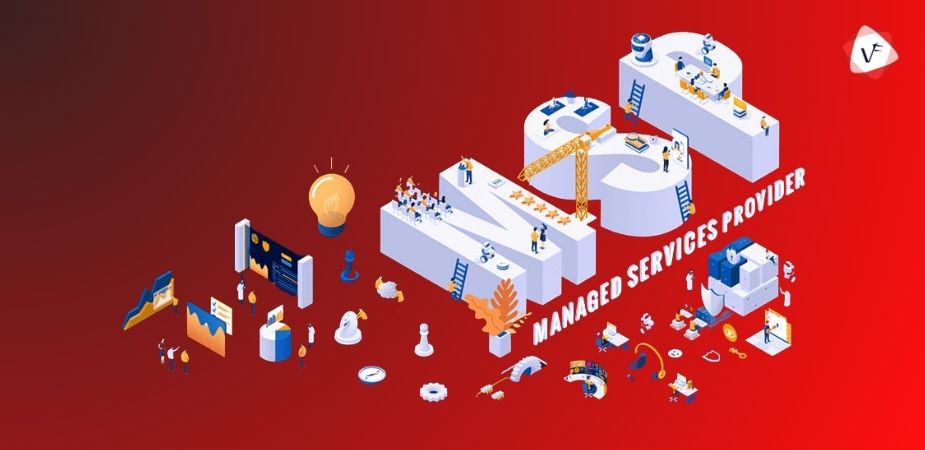A growing business is definitely a delightful moment for you and great jealousy for your rivals. Yet, there is an additional side of the coin here. That is, when a business scales up, earlier stated objectives and criteria become unessential. The elements of the business strategy (including the IT roadmap) need to be modified and altered to conform to the new business position.
There is no versatile way to build a 100%-efficient IT strategy, particularly in a dynamic business environment. Whereas, there are several familiar aspects growing companies should keep in the sense when developing an IT strategy.
Improvement Brings Challenges
Business operations rely on massive volumes of various data: contact with customers and business associates, financial documents, employee attributes, inner documents, customers’ purchasing manners, etc. The more your company grows, the more difficult it is to guarantee that corporate IT explanations work jointly and their functionality is adequate to protect internal IT requirements.
New Locations
Extending to new locations is a proper definition of any enterprising business. Today, globalization makes it considerably more comfortable than it was years ago. Yet, geographical development entails the condition to modify and transform a company’s internal processes, including those connected to IT. Since the new offices must be merged with the corporate network, IT support is possible to become 24/7.
New Products And Services
Diversifying products and assistance is a profound step ahead. Still, it inevitably pushes the need to alter your IT approach. For instance, a company will require to change internal databases, revise the channels for customer dealings and resort to unique effective IT tools for marketing and online sales.
Mergers And Investments
Enterprises often purchase other companies to penetrate a new market, get competitive benefits or widen the scope of products and services. Flourishing companies also connect to join parties. But joining organizations often employ diverse IT solutions, which must be blended and adjusted to fit new definitive business pursuits.
IT Leaders’ Stumbling Blocks
When you know about possible difficulties bonded to business development, IT process development can be perfectly simple: a company summarizes the goals for business growth and implements proper IT solutions to sustain these goals. Nevertheless, the fundamental situation is more difficult due to several possibilities.
Lack Of Time To Prepare For The Modifications
A method is developed in refinement to fulfill certain goals. However, a growing company uncorks wonders at every step, and industry leaders often have to change their plans and preferences on the fly. The exact is hoped from IT leadership: they should respond promptly and acclimate to changes fastly. A severe hurdle: defeating decisions are not consistently on the surface, and it abides time to get them and mold them into digestible conceptions.
Uncertainty
Potential and real differences always direct to a specific level of anticipation (or, more useful to say, an undetermined level of apprehension). You cannot expect how precisely new products will conduct on the market, how the customer will respond to them, and what your rivals will accomplish. You can barely avoid at least some extent of confusion. The intent here is to recognize it and minimize its impact on business operations if feasible.
Opposition To Change
An IT system for a growing business should be a bit forward of the times. It sustains the present state of matters and at the same time permits IT leaders to glimpse into the future to some extent. But it may be demanding for IT groups in non-IT industries to pursue the most delinquent tendencies. Some leaders (both business and IT) are even enthusiastic to concentrate on current processes and get stuck to their IT procedures.
On The Final Note
When your business rises up, the IT plan that worked before may become less practical. In such a context, an IT strategy should maintain a specific level of flexibility to respond to new business challenges: extend to new locations, diversify products and services, buy different companies, or join parties with business associates.
In this regard, IT leaders need to comprehend business dreams and decode them into technical explanations. It’s a daunting assignment, especially when IT leaders have a short time to regard available options and consider potential risks. But, leaning on your approach, this challenge can evolve into either a full-grown difficulty or an option for company management to develop the company. Taking up any challenges is better than ignoring them because meeting the challenges can lead a business to greater heights eventually.





